Your location:Home >Automotive News >
Time:2022-07-13 14:46:24Source:
Just last Friday, with the official announcement of the terminal data for June and the first half of the year by the China Passenger Transport Association, many conclusions and trends have been better demonstrated, especially in thenew energysector, which has a high volume and attention.Without further ado, let’s just show the results.
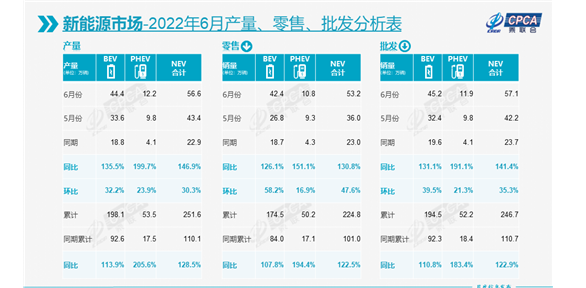
From the perspective of the entire sub-market, the wholesale sales of new energy passenger vehicles in June reached 571,000 units, a year-on-year increase of 141.4% and a month-on-month increase of 35.3%.From January to June, the wholesale of new energy passenger vehicles reached 2.467 million, a year-on-year increase of 122.9%.
In June, retail sales of new energy passenger vehicles reached 532,000 units, a year-on-year increase of 130.8% and a month-on-month increase of 47.6%.From January to June, domestic retail sales of new energy passenger vehicles reached 2.248 million, a year-on-year increase of 122.5%.
At the same time, the wholesale penetration rate of new energy vehicle manufacturers reached 26.1% in June, an increase of 10.8 percentage points from the 15.3% penetration rate in the same period in 2021.Among them, the penetration rate of self-owned brand new energy vehicles reached 45.0%.
In June, the domestic retail penetration rate of new energy vehicles reached 27.4%, an increase of 12.8 percentage points from the penetration rate of 14.6% in the same period in 2021.Among them, the penetration rate of self-owned brand new energy vehicles reached 50.1%.
In all fairness, in the face of the above performance, I want to say more and more: "Looking at the world, whether we admit it or not, the current Chinese new energy market is the existence with the most dynamic consumption, the largest volume, and the most intense competition."
Precisely in such a track where the gameplay and rules have undergone sudden changes, the frontrunners have already become Chinese car companies, and those joint venture brands that are still madly absorbing the dividends of traditional fuel vehicles are playing the role of chasers and are being chased. Falling further and further.
What is certain is that our "curve overtaking" really came.
"5.5 million vehicles, 25%" stabilized
At the beginning of this paragraph, I want to share a good point first.
According to statistics from the Ministry of Public Security, by the end of June 2022, the national car ownership reached 310 million, and the new energy vehicle ownership exceeded 10 million, accounting for 3.23% of the total.Among them, the number of pure electric vehicles reached 8.104 million, accountingfor 80.93% of the total share ofnew energy vehicles .
While ushering in the milestone, it also reflects from the side that in recent years, this sub-sector is achieving the maximum quantitative change at a very terrifying speed.
After seeing the data of June and the entire first half of the year, I can feel that: no surprise, at the beginning of the year, the cumulative wholesale sales and penetration rate for the whole year were promised to reach the goals of "5.5 million vehicles and 25%" respectively. , is basically stable.
What is even more gratifying is that although China's new energy market has been continuously hit by many unfavorable factors such as chip shortages, skyrocketing power battery raw material prices, and the raging epidemic, it still shows a strong ability to withstand pressure.
Taking advantage of the trend, a number of strong car companies have also emerged.
The first to bear the brunt must be to win the "half-way sales crown", which has received various awards and applause. BYD, which has long regarded itself as the "global leader in new energy vehicles", has finally sold 633,777 new cars from January to June. Live up to the title.
SAIC-GM-Wuling continued its dominant performance in the A00-class pure electric car market with its Hongguang MINIEV, and continued to secure its second place, with a total of 208,043 new cars sold from January to June.However, it must be admitted that a big gap has been opened by BYD.
In contrast, Tesla, although the Shanghai factory was severely hit by the epidemic in April and May, and the manufacturing side experienced huge fluctuations, which directly affected the sales side, but from January to June, it still sold a total of 197,575 new cars in China.Even more terrifying is that, with the gradual recovery ofproduction capacity, its sales reached a record 77,938 in the past June.
As for the following Chery, Aian, Geely, Changan, and Great Wall, we can indeed feel that these traditional independent brands that have successfully entered the list are actively embracing electrification transformation. Next, how to improve their "gold content"? It is an urgent problem to be solved.
In contrast, the new forces represented by Xiaopeng, Nezha, Ideal, Leapao, and Weilai to build cars must optimize their fragile supply chains and weak production capacity.Otherwise, we can only face the dilemma of "holding the order, but unable to deliver the car" for a long time.
North and South Volkswagen, the last two on the halfway sales list, can be regarded as the joint venture brand that works hardest on the new track, but the results are still unsatisfactory.
Writing here, I can't help but want to discuss another topic: if the timeline is extended, in fact, looking back on the past few years, the environment faced by all new energy vehicles is deteriorating at a faster rate.
At the policy level, the subsidy decline cannot be ignored.At the infrastructure level, although the base of the national publiccharging pilenetwork is still growing, the overall quality and energy replenishment speed have not improved significantly.At the relevant technical level, the energy density of power batteries has also not made a major breakthrough.In terms of terminal price, there is no absolute advantage over fuel vehicles of the same level.
But why is the entire market still so thriving?Is it just because of that so-called "green card"?Is it just because of the crazy rise in oil prices?
It is undeniable that because the sample size is large enough, there are bound to be some consumers with similar ideas.But for more people, especially those users who easily order hundreds of thousands of new energy vehicles, the license plate and the cost of use are not necessarily the key to prompting them to make a decision.
Then, there is only one reasonable explanation left: Compared with traditional fuel vehicles, the comprehensive product power of new energy vehicles has already surpassed, so it has received more and more "yes" from end consumers.
Statement: the article only represents the views of the original author and does not represent the position of this website; If there is infringement or violation, you can directly feed back to this website, and we will modify or delete it.
Preferredproduct
Picture and textrecommendation
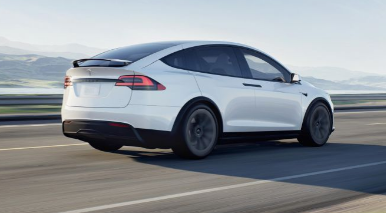
2022-08-04 12:57:12
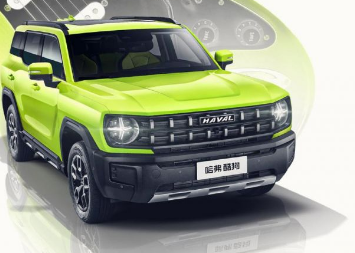
2022-08-04 12:56:48
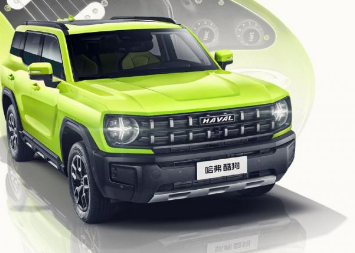
2022-08-04 12:56:28
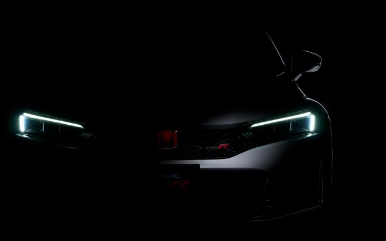
2022-08-04 12:56:04
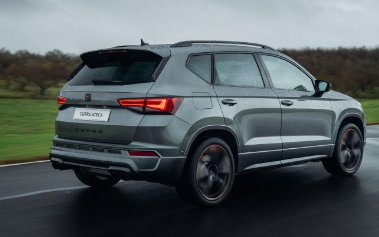
2022-08-04 12:55:36
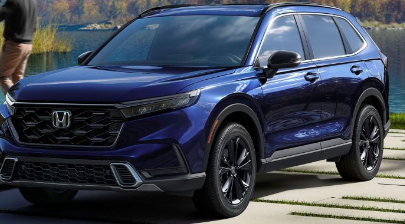
2022-08-04 12:55:11
Hot spotsranking
Wonderfularticles
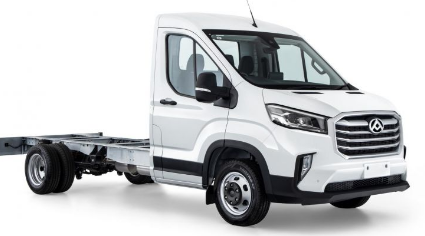
2022-08-04 12:54:48
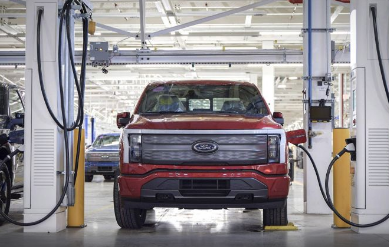
2022-08-04 12:54:20
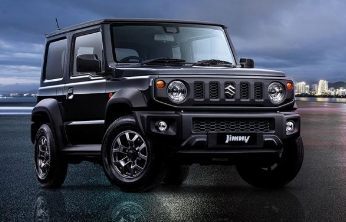
2022-08-04 12:53:54
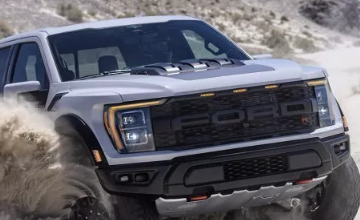
2022-08-04 12:53:32
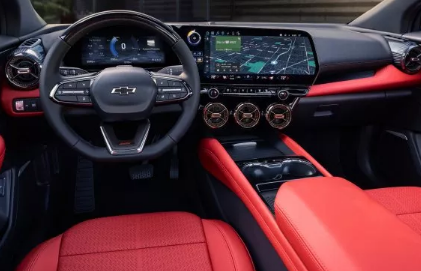
2022-08-04 12:53:03
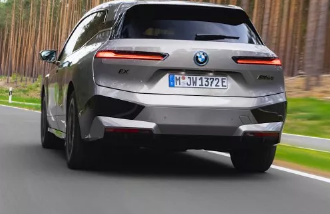
2022-08-04 12:52:26
Popularrecommendations
